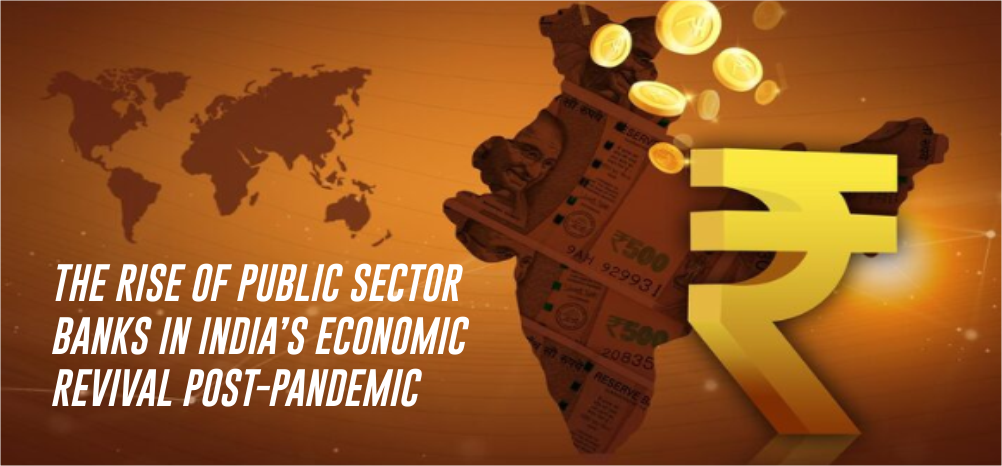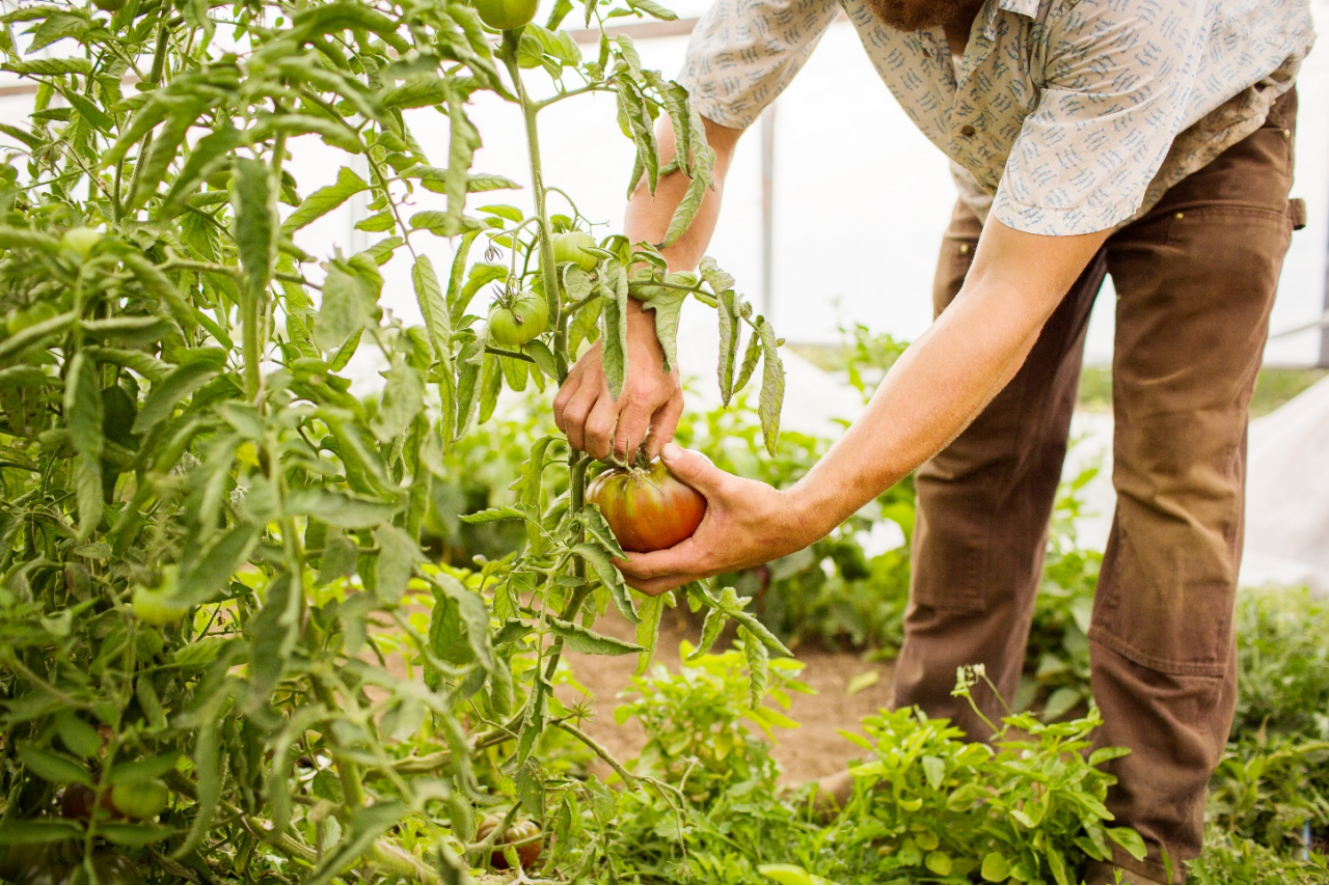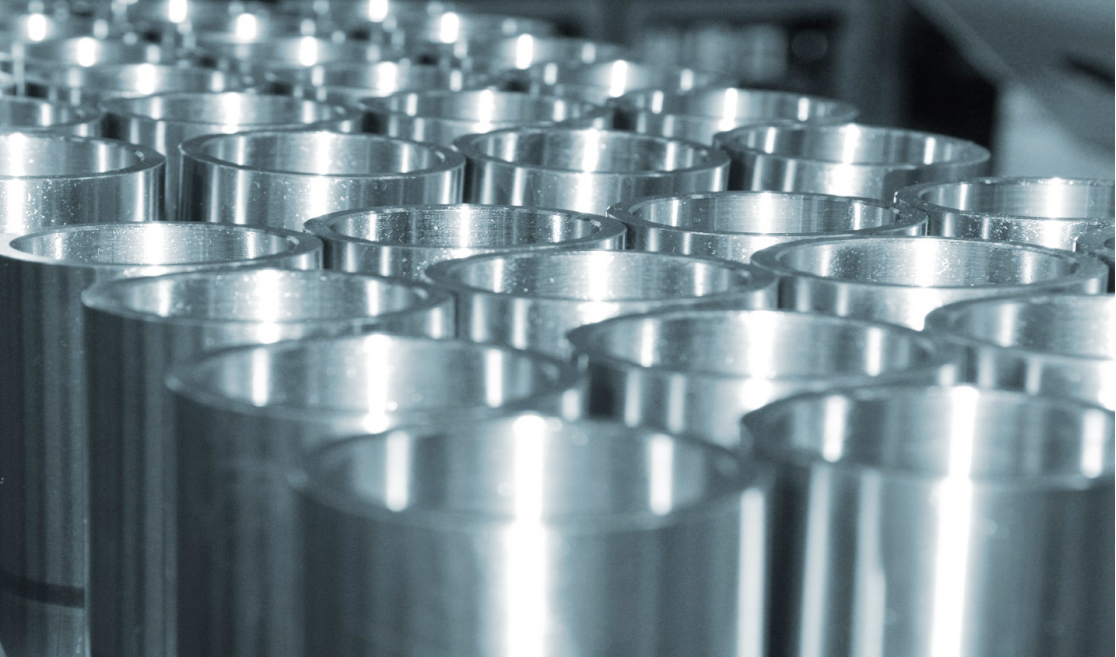India’s chemicals industry is largely de-licensed, except for a few hazardous chemicals, offering a dynamic landscape for growth and investment. Alkali chemicals dominate the sector, accounting for around 73% of total production. India ranks as the sixth-largest chemical producer globally and third in Asia, contributing approximately 7% to the country’s GDP. The industry, estimated at Rs. 21,50,750 crore (US$ 250 billion) in 2024, is projected to grow to US$ 300 billion by 2028 and Rs. 86,03,000 crore (US$ 1 trillion) by 2040, demonstrating strong resilience even amidst global uncertainties.
India holds a competitive position in global trade, ranking 14th in chemical exports and eighth in imports (excluding pharmaceuticals). The specialty chemicals market was valued at US$ 64.5 billion in 2024 and is expected to reach US$ 92.6 billion by 2033 at a CAGR of 3.8%, driven by demand from agriculture, construction, automotive sectors, industrialization, urbanization, and product innovation. The agrochemicals segment alone, valued at US$ 15.5 billion in 2024, is expected to grow to US$ 23.3 billion by 2033, supported by technological advances and innovative formulations.
India has long been a global leader in generics, biosimilars, and vaccines, supplying over 50% of the world’s vaccines. The disinfectants market has also seen significant growth, spurred by rising hygiene awareness and healthcare expenditures. Exports of organic chemicals in FY26 (April-July 2025) reached US$ 2,750.32 million, while inorganic chemicals exports stood at US$ 726.25 million. Imports of organic and inorganic chemicals during the same period were valued at US$ 5,301.48 million and US$ 2,225.51 million, respectively.
Production of major chemicals reached 966 thousand metric tonnes in April 2025, while petrochemical production stood at 1,763 thousand metric tonnes. Specific chemical production during April 2025 included 276.98 thousand MT of soda ash, 317.35 thousand MT of caustic soda, 222.60 thousand MT of liquid chlorine, 293.75 thousand MT of formaldehyde, and 233.32 thousand MT of pesticides and insecticides. Exports of castor oil, essential oils, and cosmetics during FY26 (April-July 2025) totalled US$ 1,446.15 million, while imports were US$ 987.94 million. Agrochemicals exports reached US$ 1,433.89 million, dyes US$ 765.26 million, and other dye intermediates US$ 59.51 million, with imports of US$ 798.16 million, US$ 108.86 million, and US$ 536.02 million, respectively.
India has a significant share in global dye production, accounting for about 16% of dyes and intermediates, exporting to more than 90 countries. In FY25 (April-February), dye exports totalled Rs. 20,088 crore (US$ 2.3 billion), reaching markets including Germany, the UK, the US, Switzerland, Spain, Turkey, Singapore, and Japan. Supply disruptions in China and Europe have allowed Indian manufacturers to strengthen their global footprint, particularly in specialty chemicals.
The sector benefits from liberalized policies, allowing industrial licensing and 100% FDI under the automatic route (excluding certain hazardous chemicals). FDI inflows in the chemicals sector (excluding fertilizers) reached Rs. 1,42,647 crore (US$ 23.2 billion) in FY25. Enhanced quality compliance through Quality Control Orders (QCOs) for over 150 products has been implemented, overseen by the Bureau of Indian Standards (BIS), ensuring higher safety and performance standards. Strategic investors from Japan, Korea, and Thailand are increasingly showing interest in Indian companies as they diversify supply chains from China.
Significant industrial developments highlight the sector’s growth trajectory. Kanoria Chemicals commissioned a new Ankleshwar plant in September 2024 at Rs. 90 crore (US$ 10.22 million), adding 345 TPD of formaldehyde and 18 TPD of hexamine. In Bina, Madhya Pradesh, projects worth Rs. 50,700 crore (US$ 6.11 billion) were initiated in September 2023 to produce 1,200 KTPA of ethylene and propylene. Tata Chemicals plans a Rs. 8,000 crore (US$ 967.45 million) capex by 2027 to expand sustainably, while Shivtek Spechemi Industries will increase production capacity to 2,50,000 MTPA by 2027-28. Sudarshan Chemical’s acquisition of Germany’s Heubach Group in March 2025 established it as a global pigment leader, while Aditya Birla Group’s acquisition of Cargill’s US specialty chemicals facility marked its entry into the US market.
India achieved record urea production of over 314 LMT in 2023-24 and produced 503 LMT of total fertilizers domestically, reducing import dependence. The Union Budget 2025 launched the second Asset Monetization Plan targeting Rs. 10 lakh crore (US$ 113.6 billion) from FY25 to FY30, including PSU chemical companies, encouraging private investments and modernization. Skill development is emphasized through institutions such as the Central Institute of Petrochemicals Engineering & Technology (CIPET), which provides advanced training tailored to industry needs.
The Rajasthan Refinery Limited (RRL) is expected to become commercially operational by March 2026, with capital investment exceeding Rs. 52,877 crore (US$ 6.01 billion), generating direct employment for over 35,000 people. The government also approved five new Centers of Excellence for chemicals and petrochemicals in October 2024, with plans for three more, linking over 1,000 industries and 50 research institutions via a digital portal to foster collaboration and innovation.
In July 2025, the India-UK Free Trade Agreement (FTA) came into effect, removing tariffs on 99% of Indian exports and reducing duties on 90% of UK exports to India, with the chemicals industry emerging as a key beneficiary. The government continues to support the sector through R&D initiatives, reduction in customs duties, and promotion of the ‘Make in India’ campaign.
Looking ahead, the government envisions a 2034 roadmap for chemicals and petrochemicals, focusing on increasing domestic production, reducing imports, and attracting investments. Plans include a production-linked incentive system with 10-20% output incentives for agrochemicals, development of end-to-end manufacturing ecosystems, and establishment of four PCPIRs (Petroleum, Chemicals, and Petrochemical Investment Regions) along with plastic parks. The Gujarat Infrastructure Development Corporation (GIDC) has invested Rs. 17,317 crore (US$ 2.09 billion) to build infrastructure for these regions. The Department of Chemicals & Petrochemicals also intends to integrate PLI schemes into the sector and revise PCPIR guidelines to further strengthen growth and competitiveness.
India’s chemicals industry is poised for a transformative decade, driven by sustained policy support, expanding global demand, and rising investments in innovation and sustainability. With increasing domestic production, robust export potential, and progressive initiatives such as PCPIRs and PLI schemes, the sector is well-positioned to become a global manufacturing powerhouse. As India advances towards its 2040 vision, the chemicals industry will play a pivotal role in shaping a resilient, technology-driven, and sustainable industrial future.














